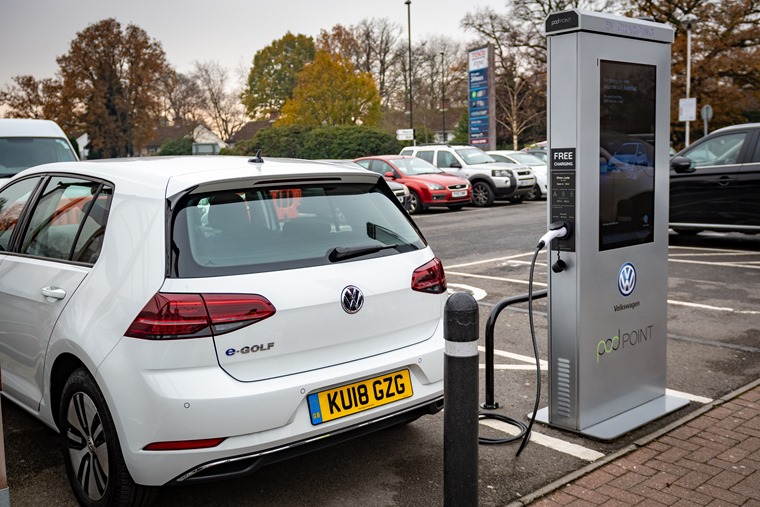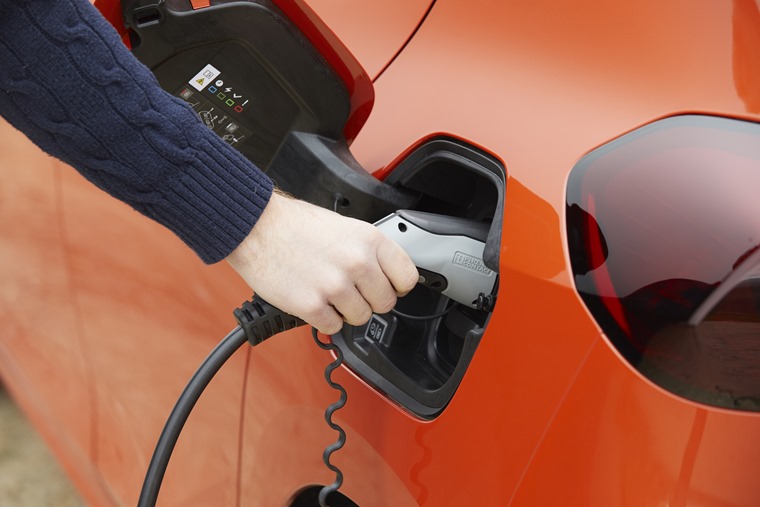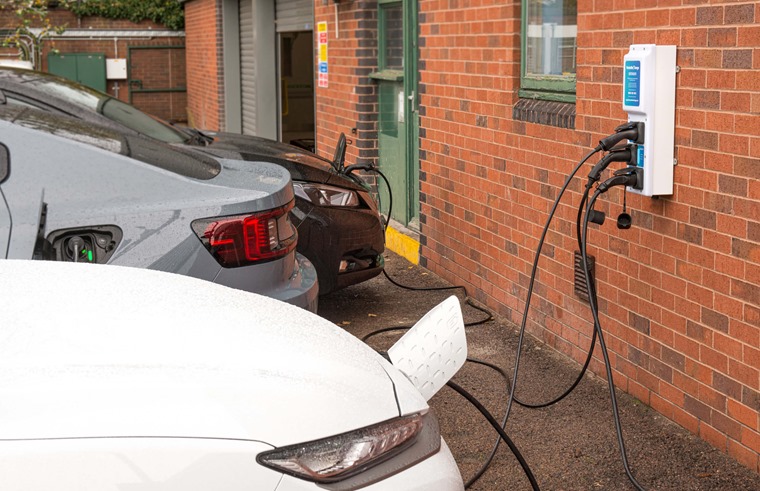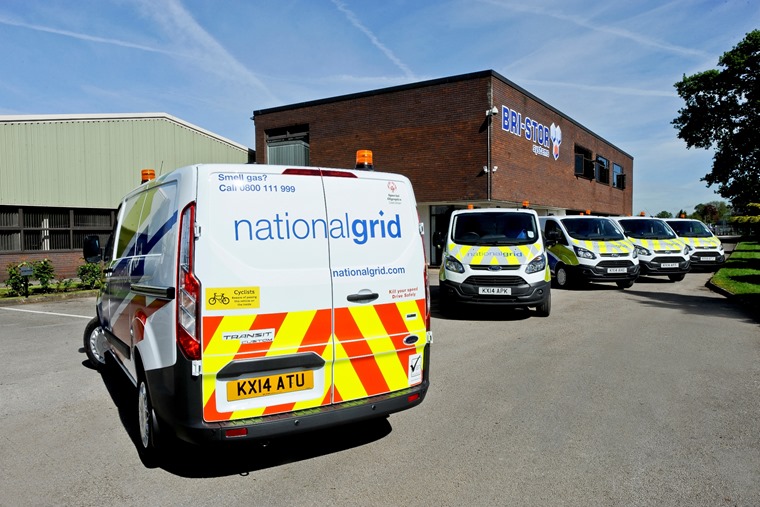Top EV charging myths BUSTED
Electric vehicles are on the charge. For two months in a row now, EV registrations have outpaced diesels in the UK. But not everyone is ready to make the switch to an all-electric vehicle just yet.
It seems the biggest concern of many is charging. Ok, we’ll admit that to the uninitiated that charging might not be quite as simple as filling up your tank at the pumps.
But the truth is that many myths or half-truths simply don’t apply. With the UK set to be truly on the road to electrification, we caught up with our EV-advocating partners at LeasePlan to do a spot of myth-busting.

Myth 1: There aren’t enough chargers
Have you spotted any public EV chargers in your local supermarket car park? If not, then you’ll likely see them soon. According to the the latest statistics, there are more than 42,000 charging locations throughout the UK as of 2021.
That’s almost double the amount that were around in 2018 and a significant year-on-year increase too. The fact that there are just 8,380 petrol stations in the UK really puts things into perspective.
There might still be a long way to go before everyone in the UK is driving electric cars, but the government is starting to put plans into action. A significant increase in funding should see electric kerbside chargers double in number again over the coming year.

Myth 2: It takes ages to charge an EV
Chargers have been consistently improving over the last few years, with the latest rapid chargers able to charge vehicles in as little as 20 minutes in some cases. Ok, that might not be quite as quick as putting 20 litres in the tank, but it’s a huge improvement over EV charging in the past.
And let’s not forget that when it comes to EVs, the technology is improving all the time. Once upon a time, ultra quick charge times were reserved for premium vehicles like Teslas, but new family EVs like the Hyundai Ioniq 5 and Kia EV6 are now just as capable.
Even small and extremely affordable EVs can be charged to 80% capacity in less than half an hour. You can find plenty of affordable EV leasing deals and other vehicles available via our partner LeasePlan. Just click on the button below to see what’s on offer.
Myth 3: EVs only work for people who charge at home or work
Not true. It’s easy to see why charging at home or work makes like with an EV easier, but more and more charging options are becoming available. If you’ve visited a motorway services or large shopping centre recently you’ll know what we mean.
Earlier we mentioned there is an ongoing increase in the amount of chargers in the public domain, and lots of those are centred around “destination hubs”. Essentially these are destinations where you can do other things rather than sitting in your car waiting for a full battery.
They’ve started becoming more prominent as charge times have dropped and mean you can happily do a spot of shopping or grab a coffee. It’s fair to say life with an EV is not what it once was.

Myth 4: The energy used to power EV charging is “dirty”
Not the case. Aside from the fact the amount of eco-friendly electricity we produce increases year on year (48.5% zero-carbon as of 2019), when you look at a vehicle’s impact on the environment it’s important to take into account “well to wheel” statistics.
This is essentially the amount of CO2 that a car produces in its lifetime – including before you ever get behind the wheel. When you take into account the energy used and emissions created by extracting fossil fuels from the ground, a petrol vehicle emits 211g of CO2 per kilometre.
By comparison, an all-electric car produces just 79g per kilometre when the average emissions associated with electricity generation is taken into account.

Myth 5: The grid cannot cope with a continued increase in EV chargers
This is incorrect. Estimates have shown that if every single driver using petrol and diesel cars switched to an electric vehicle overnight, there would only be a 10% increase in demand. That kind of figure is well within the national grid’s capacity and is improving all the time.
The truth is that “peak” demand for electricity actually occured almost 20 years ago. We might be using more electric products, but technology has become more efficient in the meantime – electric cars included.
This all reduces demand on the grid. Looking ahead, the National Grid is studying the growth of EV uptake and will change its infrastructure’s capacity accordingly if and indeed when the need arises.
Interested in going electric?
More and more people are choosing to go electric for their next lease. With hundreds of offers on the latest EVs such as the Vauxhall Corsa E and Hyundai Kona Electric, our partner LeasePlan has what you’re looking for.
You can search and compare their best deals right now by clicking the link below.
